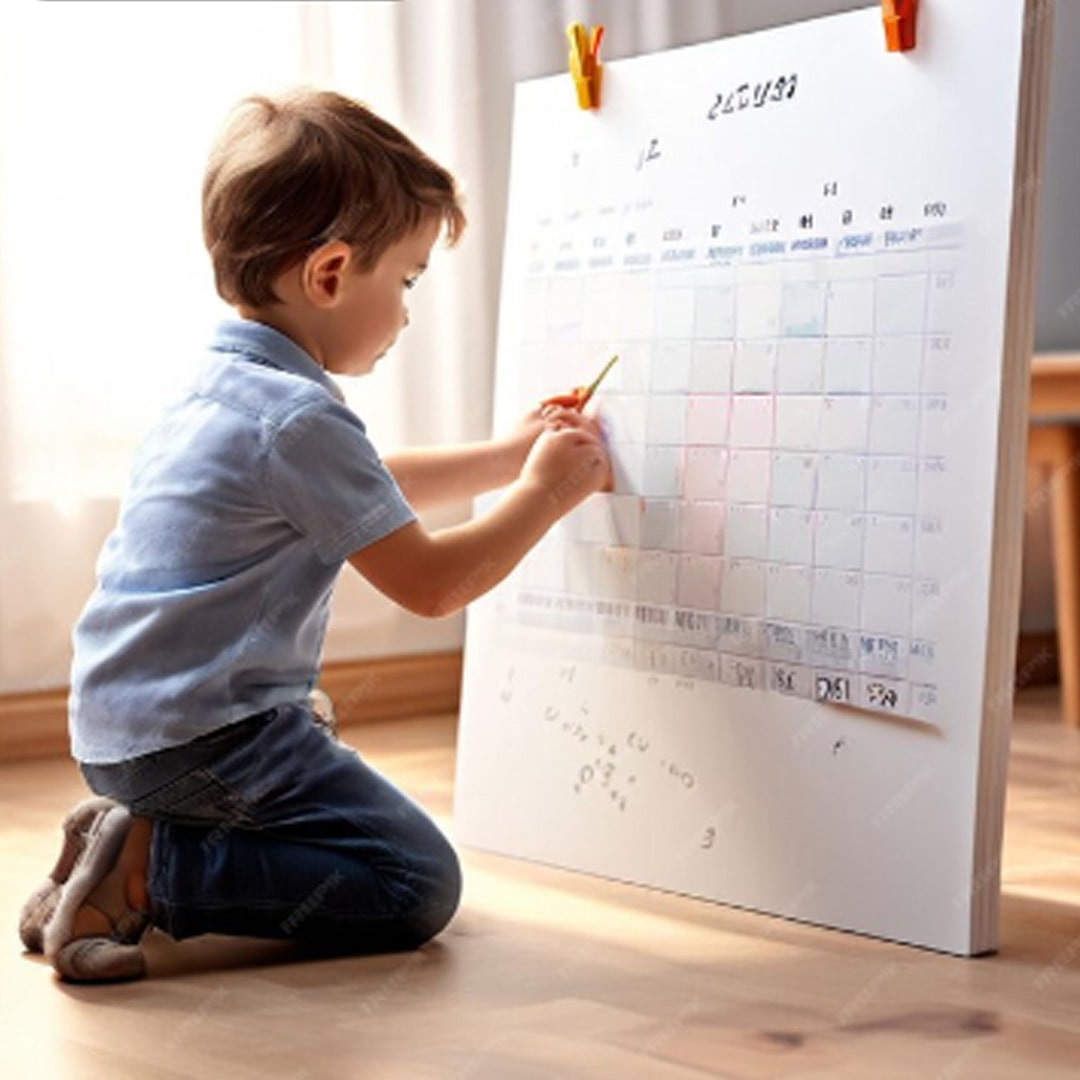Please enter the code we just sent to whatsapp 91-11-46710500 to proceed
Didn't Receive OTP?

Scheduling for the kindergarten students and being orderly is critical in ensuring a good and productive day. The best kindergarten timings are those that make children feel safe and welcome, promote learning, and allow children to have fun at the same time. This blog will take you through creating a new timetable for students and you as a teacher with examples of kindergarten timetables included.
Children thrive on routine. Having a schedule for their stay in kindergarten allows the children to know what is expected of them to minimize transition struggling times. This also has social and interpersonal benefits where the students get to make friends, work on their own, and learn good time management.
1. Balanced Activities:
According to developmental theory, children require play, learning, and resting time in the proper quantity and quality. It is done that way because, for instance, kindergarteners cannot endure sitting quietly and listening to instructions for a long time, so switching between the kinds of activities keeps them alert.
2. Flexible Time Blocks:
As for the structure, flexibility lets the teacher define the day’s flow depending on the students’ requirements. This means that not all the days that you are planning to work on will be perfect and that’s alright.
3. Time for Socialization:
Kindergarten children require ample chance to engage with the other kids and this might be in free-for-play, groups or food time.
Let’s dissipate on how the creation of a kindergarten schedule is possible.
If you are designing the schedule for kindergartners, pay attention to the duration of each activity that is planned. Here are some general guidelines:
Morning Arrival (15-20 minutes):
Let children get familiar with the environment by providing ample time to settle down. This may involve putting their belongings away, greeting friends amongst other activities, begin the day with some quite activities as reading or games.
Circle Time (15-20 minutes):
It is suitable to call all the class to conglomerate or assemble. The teacher can tell the children what is planned for the day, sing a song, take children for morning exercise or talk about what the day is all about. It is a great way to a sense of community.
Learning Centers (30-40 minutes):
Children switch between learning centers which can be art, reading, numeracy, or science among others. These activities involve practical exercises that make a child get engaged through exploring and using creativity. Selecting specific centers where children can go also enable a child to do activities he or she would like to do.
Snack Time (10-15 minutes):
The rest period involves taking a break from work or group learning for children to have a snack. It’s also a good time to explain about right nutrition and polite behavior.
Outdoor Play (30 minutes):
Exercise is very important in the young ones. They get an opportunity to burn their energy, interact with other children, and enhance their motor skills. Outdoor play can be unstructured and child initiated and can also be an organized game with peers such as tag or ball games.
Story Time (15-20 minutes):
Book reading is one of the most effective ways of raising students’ literacy levels and developing their interest in reading. This can then be followed by a five to ten minutes of group discussion in which children can express theire opinions on the same story.
Math or Literacy Activity (30 minutes):
This time can be used to learn lessons that are more formal and are key to achieving the curriculum objectives set. For example, children could draw focusing on the concept ‘numbers,’ or engage in developments of counting, letter recognition, or basic word games.
Lunch and Quiet Time (45-60 minutes):
Children again have a chance to have a rest after lunch. This doesn’t have to be nap time; instead it could be quiet time where kids are encouraged to read books or listen to some soft music.
Goodbye Circle (10-15 minutes):
The day closes with a brief circle time where students can say something they liked about the day and get ready for dismissal.
Here’s a simple example of what a kindergarten routine might look like:
|
8:00 AM |
Students enter the class / Morning work |
|
8:20 AM |
Circle Time |
|
8:40 AM |
Learning Centers |
|
9:20 AM |
15 min break |
|
9:35 AM |
Outdoor Play |
|
10:05 AM |
Story Time |
|
10:25 AM |
Math or Literacy Activity |
|
11:00 AM |
Lunch and Quiet Time |
|
12:40 PM |
Art/Creative Play |
|
1:15 PM |
Goodbye Circle Time |
|
1:30 PM |
Dismissal |
Conclusion
The daily schedule of a kindergarten should be carefully planned, so that free flow and lots of play are not neglected in the process. Hence, children should be able to learn, play and rest so that they can be able to have fun while they are in school. Every class may require something different so the shown schedule can be slightly adjusted according to the needs of the students in every specific classroom. Having a good routine is important especially to every kindergarten child so that they can be happy and also productive in any given day.
Shape Your Kid's Future with Bambinos Classes | Bambinos.live India's No. 1 English Communication Platform For Kids | Click here to Book a Free Class Limited time offer.